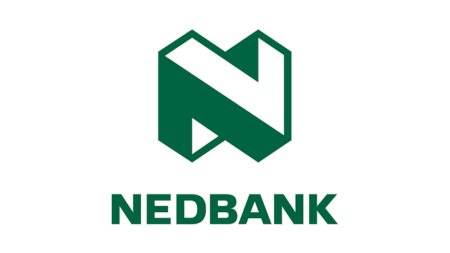Of the three types of insurance relating to buying a property, that includes the value of an outstanding bond, the house content and the cost of the building, best not to overlook the latter since it may determine owning an asset despite the unknown.
When financial institutions extend mortgages to their customers, it is customary to call for both building and bond insurance to cover their risk, because until the loan has been cleared in full by the new owner, banks remain liable for the share of the property still owned to them.
Daryl Lahner, Head of Credit at First National Bank Homeloans says that while outstanding amounts remain on mortgages, the bank has a vested interest in maintaining a decent value on the property. He says that building insurance covers the unexpected losses that would devalue a home in the case of unforeseen disaster not within the control of banks nor homeowners. About banking customer’s choices of who their insurer is, Lahner says while the New Credit Act does not allow prescription as such, only the services of registered institutions and agents are acceptable.
Property professionals say that home building insurance should concern all homeowners including those who are debt free, and even when living in low risk fire, high flood or low crime areas, as it creates the perception of reduced liability. Insuring a house for what it would cost to replace, serves a dual purpose, as good re-sale value and property maintenance go hand in hand. Also, when checking the best available options for building insurance, different items specified in policies should be carefully noted and considered irrelevant of whether a house built out of bricks and mortar, or straw bales.
For those with bank loans, the finer detail relating to the cost of the premiums would have been taken care of prior to the bank extending the loan. And when a bond has been paid off, the account holder has the option of keeping the account open that, while raising annual bank fees also offers the convenience of facilitating building insurance premiums, usually charged annually in advance. But for those lucky enough to be bond free, the onus rests on them to either continue with the original insurer by making alternative payment arrangements, or to initiate a new process.
The question then is how to calculate the correct insured amount that will provide the confidence that a house could be re-built. In the case of bank financing, an assessor would have inspected the property before the loan was granted to calculate the building value for replacement purposes. This value is not related to the market or municipal values, but to building in varying geographical areas and settings, such as steep mountain slopes or low water lines, specific measurements, structures and materials, weather conditions, and much more.
Although it would be ideal to employ the services of a professional building assessor appointed by an insurer to calculate exact estimations, property professionals say that rough estimates can be made. This can be done by consulting local estate agents and builders, familiar with both the prices of vacant land and estimated building costs per square metre in specific areas. By deducting the cost of the land from market or municipal value of a house, an approximate cost purely for comparative purposes is then available.
Some specifics included in building insurance policies are structures, fixtures, fittings, improvements, damage caused by leaking, bursting or overflowing of water-heating systems, pressurised water pipes, lightning detectors, and theft cause by break-in or theft. Circumstances can include acts of nature, caused by fire, flooding, ground movement including subsidence and landslip, impact from, vehicles, falling trees, aircraft, and in some cases the collapse of aerials or satellite dishes.
Just as the process of buying property requires comparing the best deals that suit your needs, you should also weigh all the options when it comes to finding a suitable building insurance policy.




